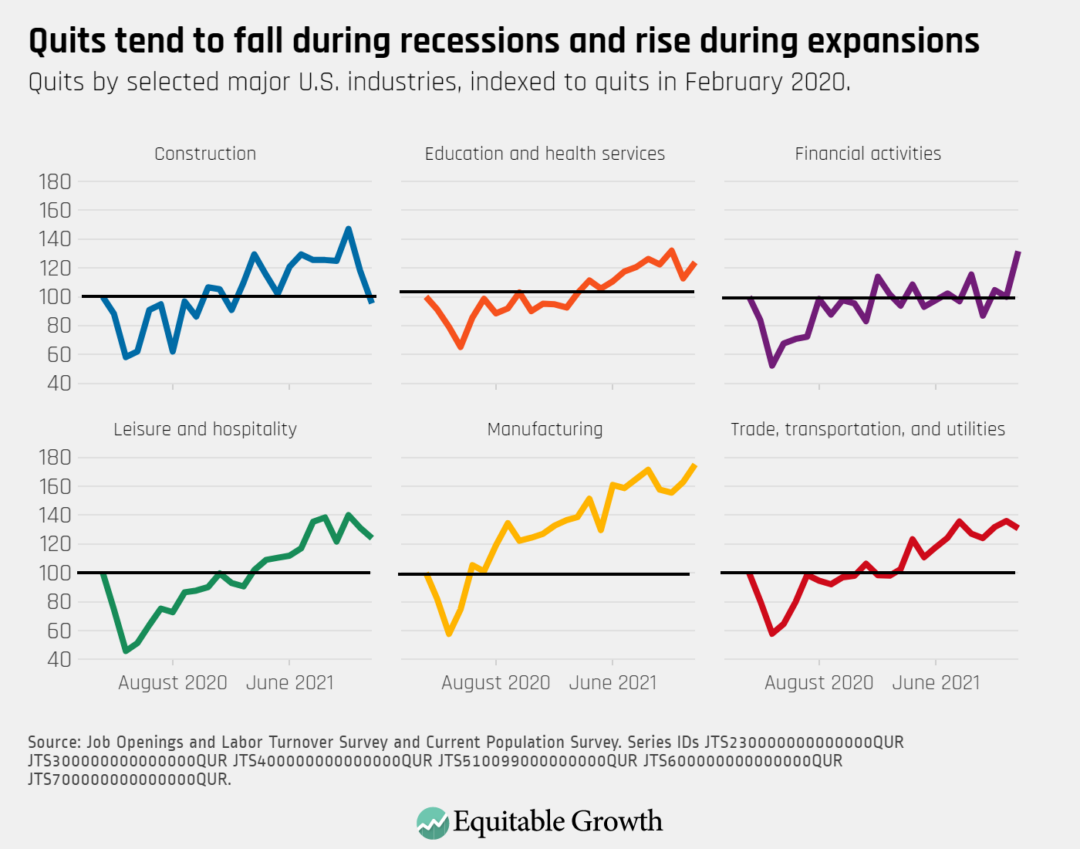JOLTS Day Graphs: January 2022 Edition
The quits rate fell to 2.8 percent as 4.3 million workers quit their jobs in January, down 151,000 from the previous month.
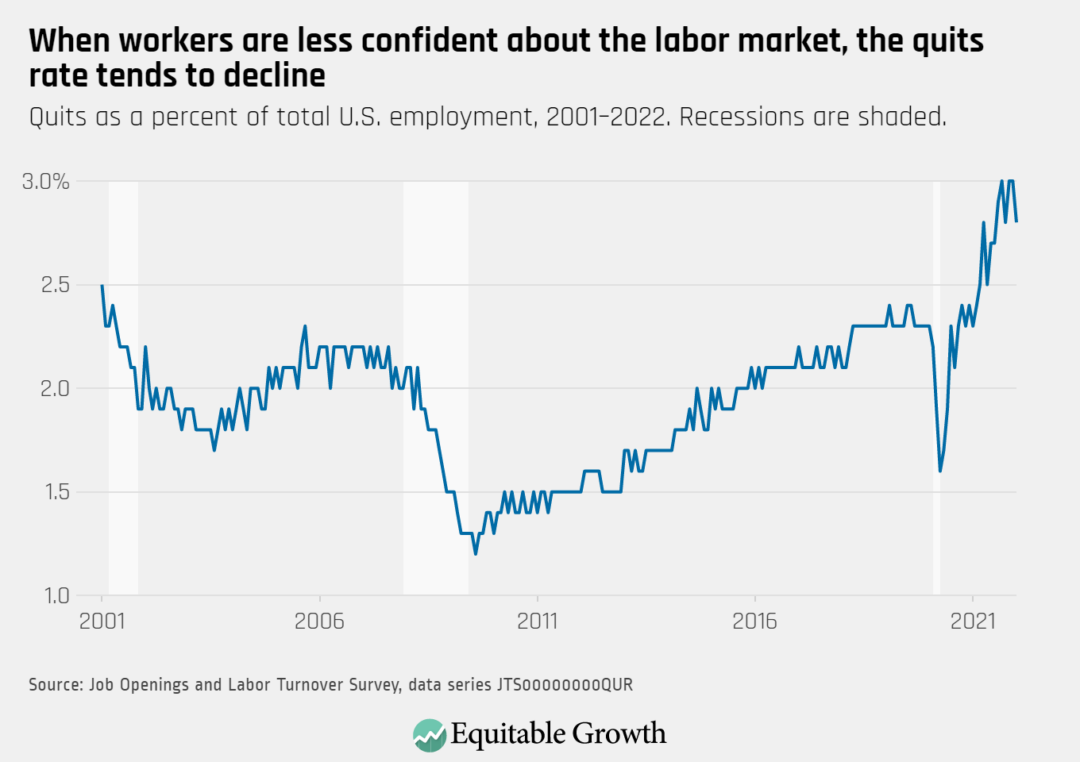
With job openings (11.3 million) and hires (6.5 million) remaining relatively steady, the vacancy yield stayed at 0.57 in January.
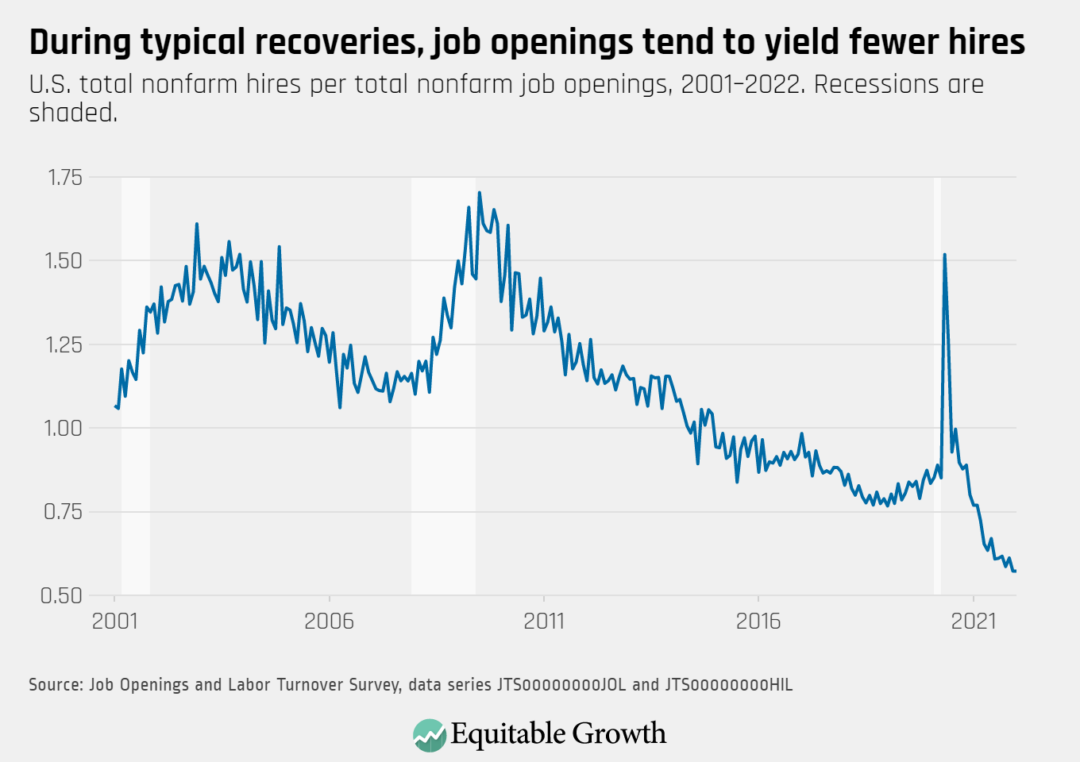
There were 0.57 unemployed workers for every job opening in January, a ratio that was little changed from the previous month.
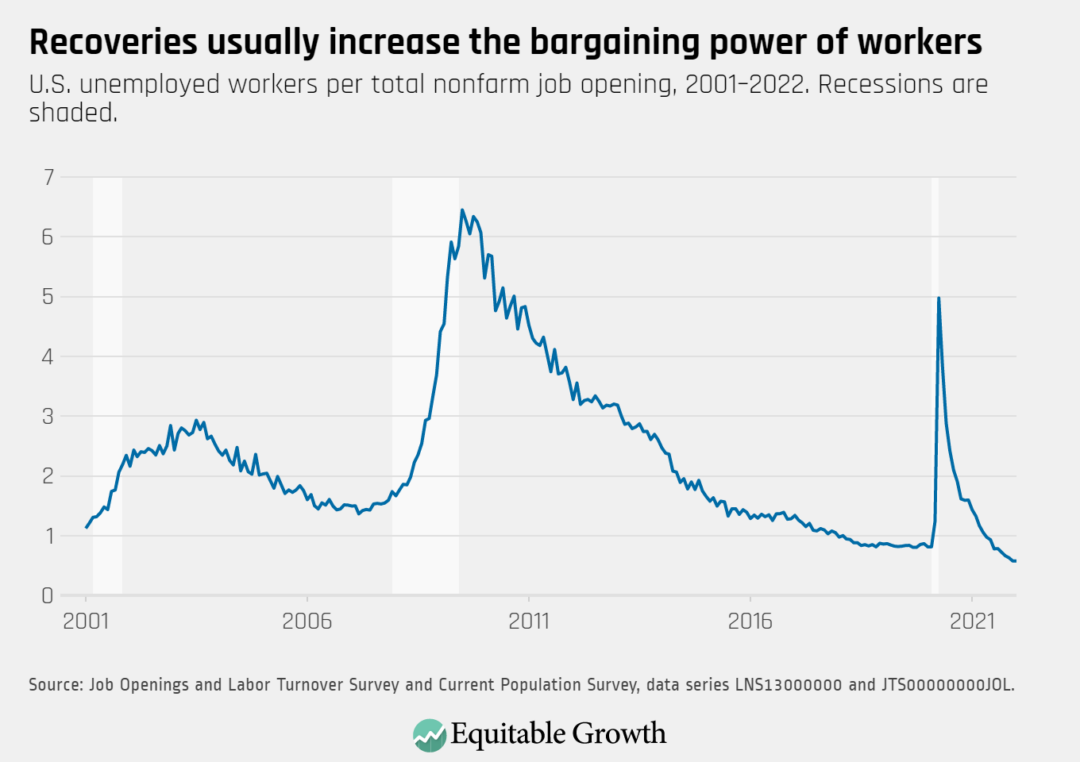
The Beveridge Curve remained in an elevated range in January, reflecting a high job openings rate of 7.0 percent.
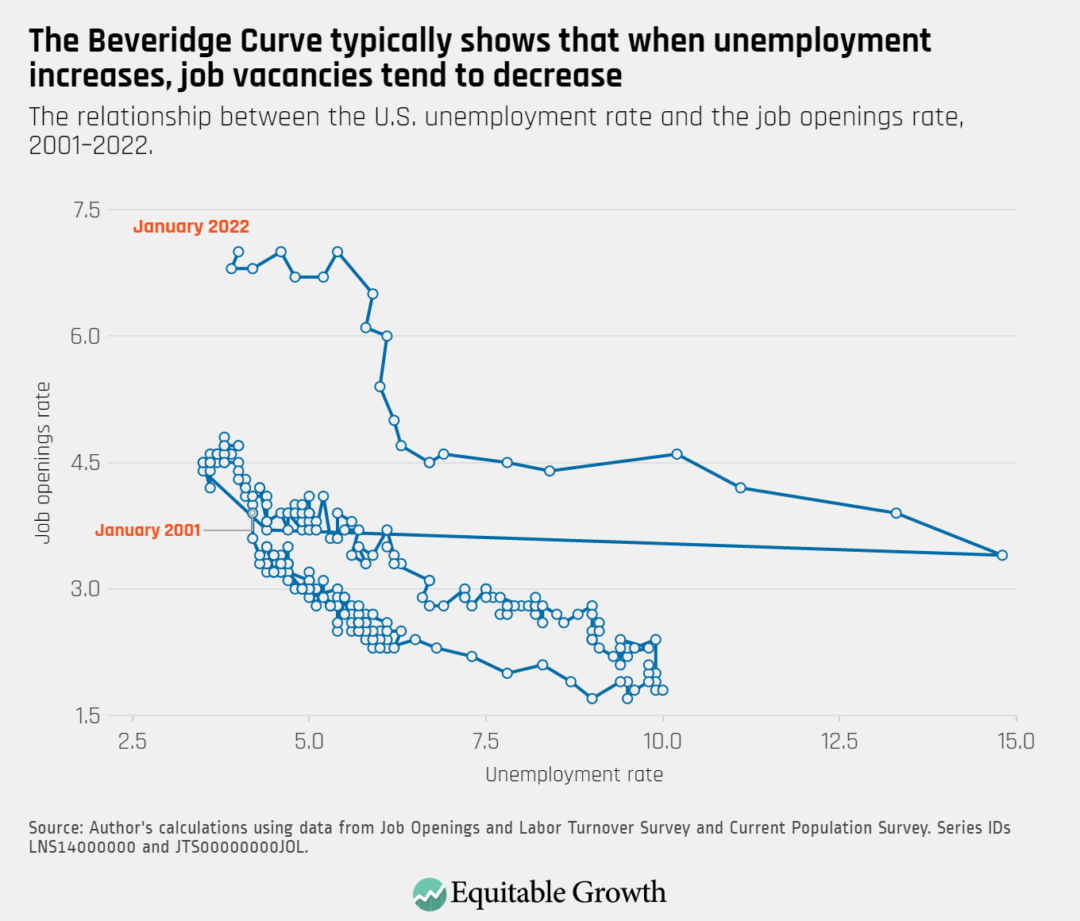
Quits rose for some industries in January, including financial activities, education and health, and manufacturing. Meanwhile, quits declined in construction and in leisure & hospitality.
